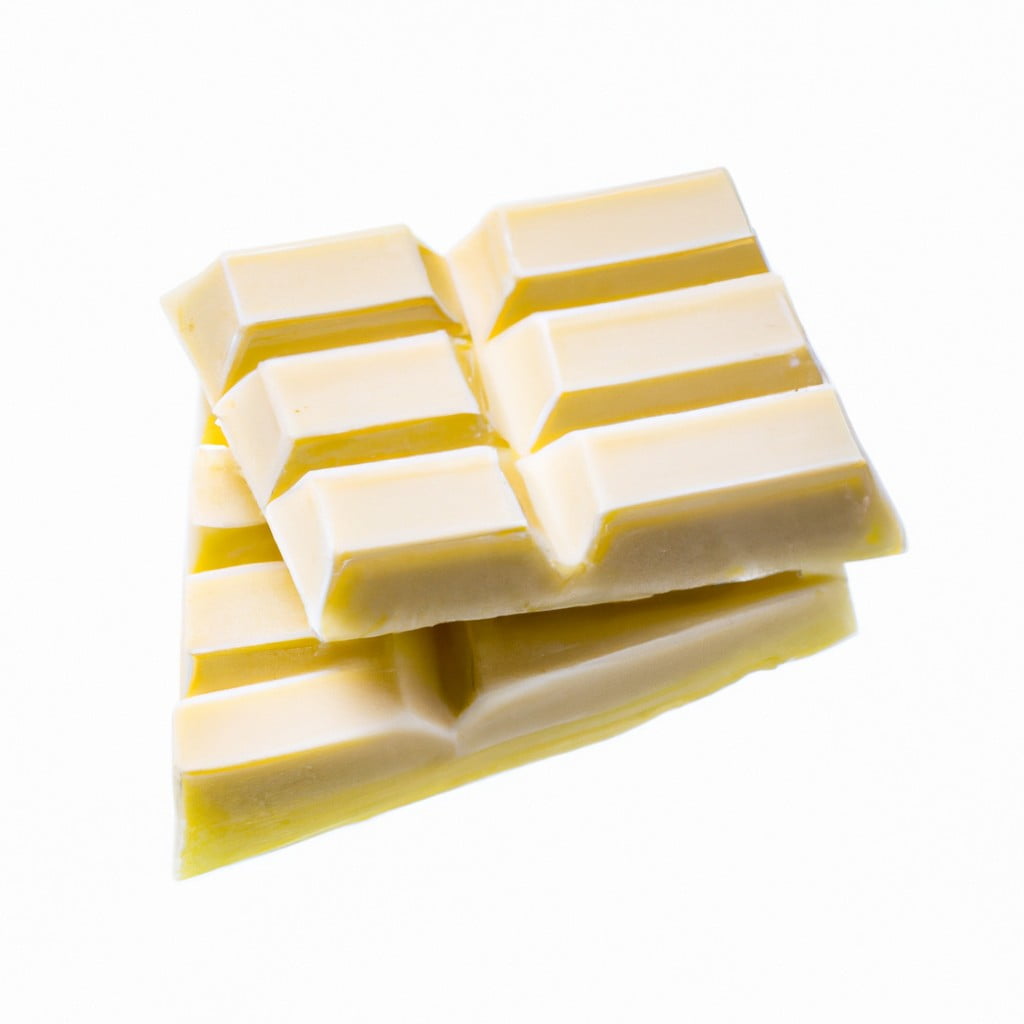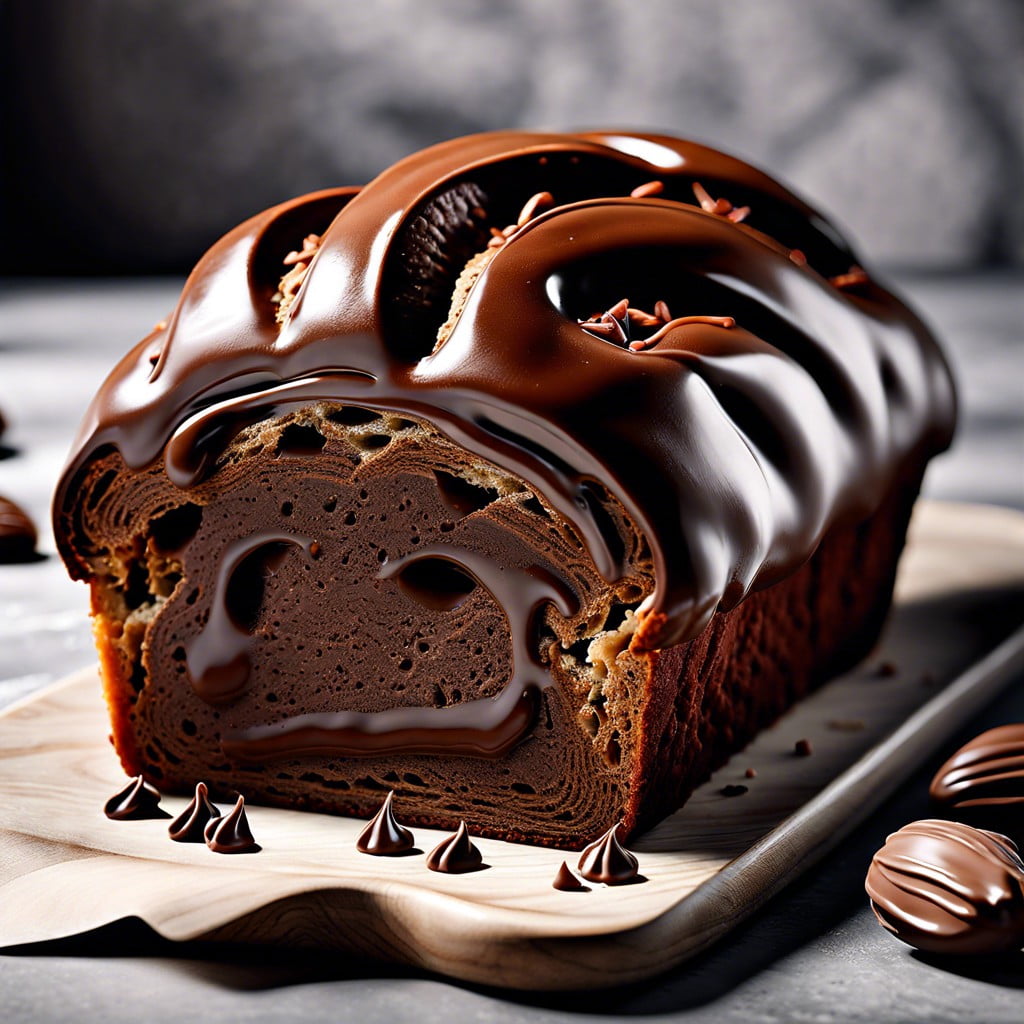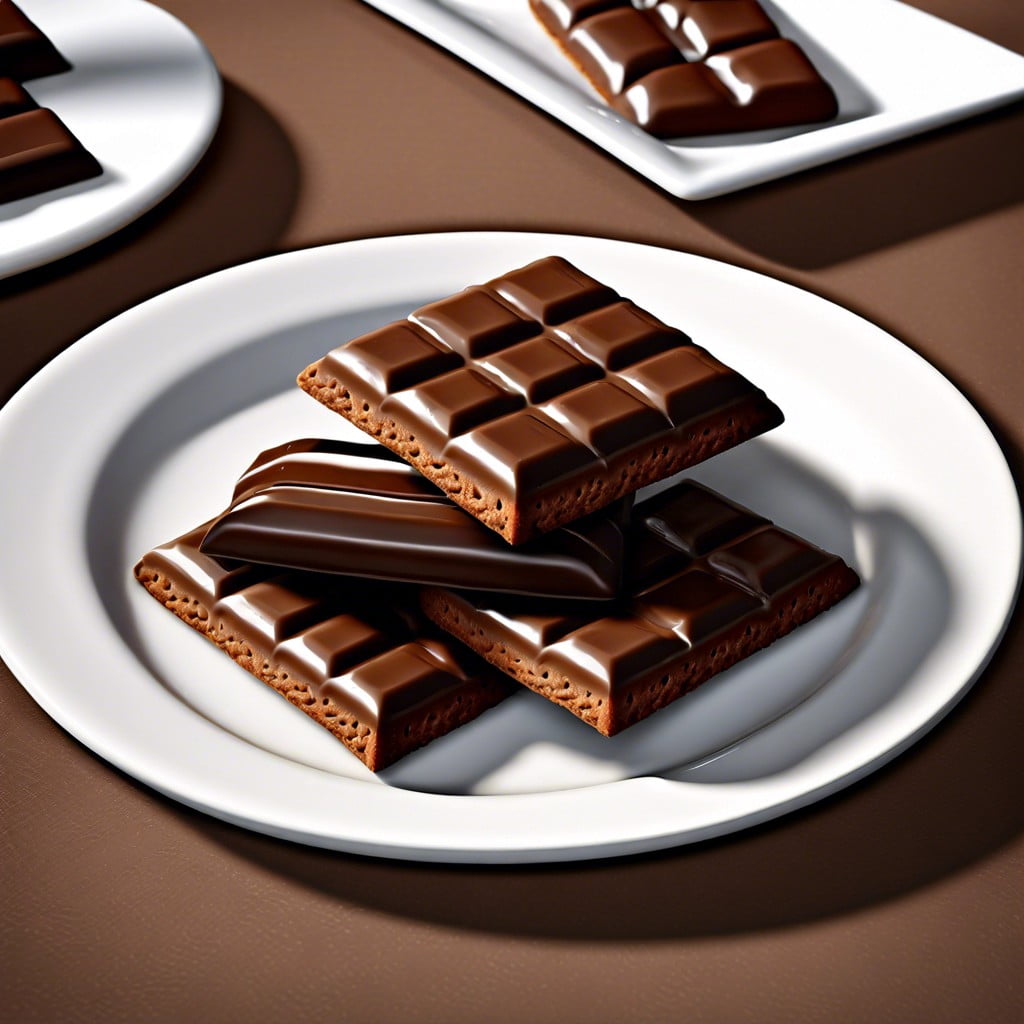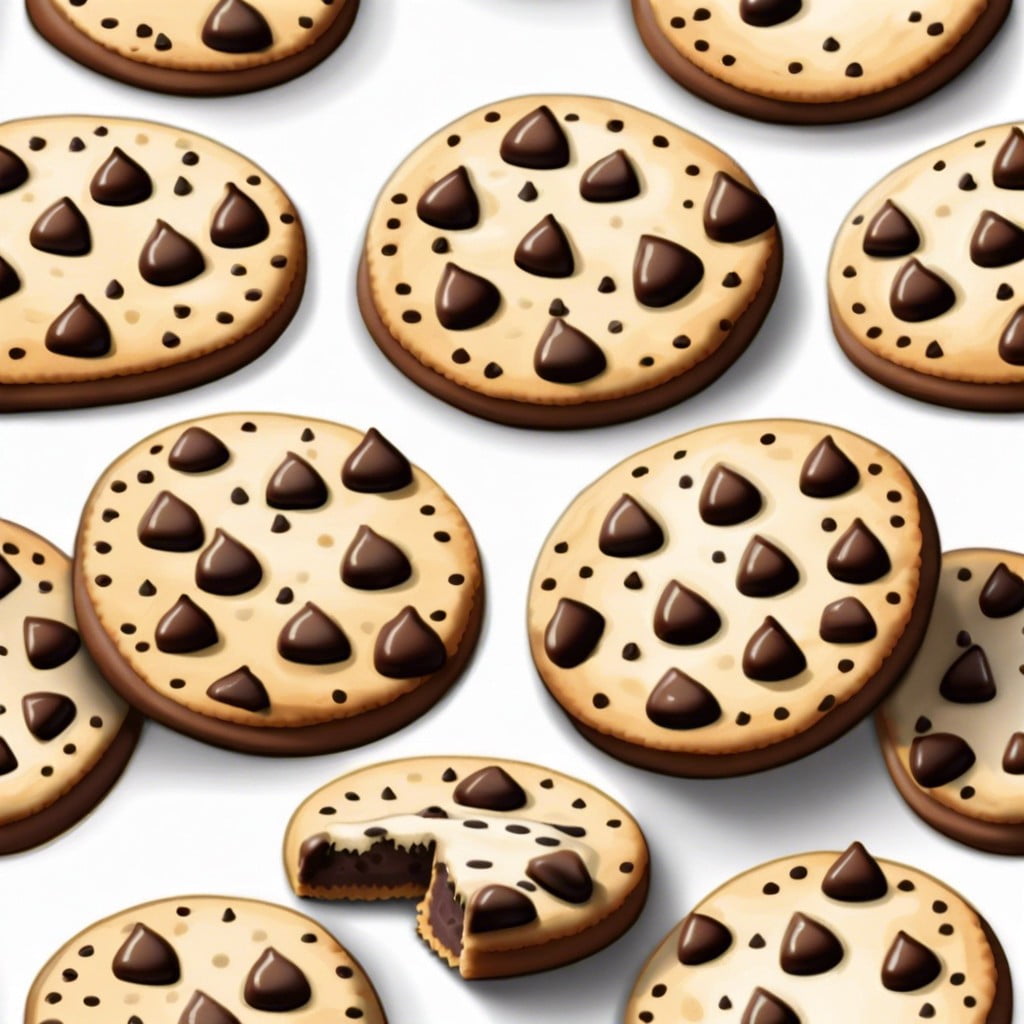Learn about the key ingredients of white chocolate and understand what distinguishes it from its milk and dark counterparts.
Key takeaways:
- White chocolate is made of cocoa butter, sugar, and milk solids.
- The process includes cocoa butter extraction, blending, tempering, and molding.
- White chocolate is used in desserts, baking, ganache, and savory dishes.
- White chocolate is different from dark chocolate in cocoa content, sweetness, texture, health benefits, and melting point.
- Recognizing the differences helps in making informed choices.
Inside
White Chocolate Ingredients

At its core, white chocolate is composed of cocoa butter, sugar, and milk solids.
Cocoa butter, the fat extracted from cocoa beans, gives white chocolate its creamy texture and acts as a base.
Sugar sweetens the mixture, while milk solids add body and contribute to a smooth mouthfeel.
Lecithin, often derived from soy, is commonly added as an emulsifier to maintain a stable blend of the ingredients.
Some versions may include flavorings such as vanilla to enhance taste.
It’s important to note that true white chocolate must contain at least 20% cocoa butter to be classified as such, according to FDA regulations.
How White Chocolate Is Made: A Step-By-Step Guide
The process begins with cocoa butter extraction. Cocoa beans are harvested, fermented, dried, and roasted before the cocoa butter is separated from the cocoa solids.
Quality sugar, such as fine granulated sugar, is selected. The type of sugar and its granule size can impact the flavor and texture of the final product.
Milk powder, often whole milk or skimmed, is added to the mix. This ingredient provides the creamy texture that characterizes white chocolate.
The ingredients are then carefully blended. This stage, called conching, is crucial for developing the chocolate’s final texture and flavor. The mixture is continuously mixed and aerated, which can take several hours.
Tempering is the next crucial step. The white chocolate mixture is slowly cooled through a temperature curve to stabilize the cocoa butter crystals, resulting in a shiny, smooth finish.
Molding and setting follow the tempering process. The chocolate is poured into molds to achieve the desired shape and allowed to harden.
Finally, the white chocolate is packaged appropriately to maintain its texture and to protect it from environmental factors such as heat, moisture, and light.
Common Uses For White Chocolate
Pastry chefs and home bakers incorporate white chocolate into a variety of desserts for its velvety texture and sweet, creamy flavor. It is often used as a coating for truffles and bonbons, lending a smooth finish and a counterbalance to darker, more intense chocolate centers.
In baking, white chocolate chunks or chips can be found studded in cookies and brownies, adding a subtle richness to each bite.
Ganache, a mixture of chocolate and cream, is another popular application, with white chocolate granting a lighter, softer note, ideal for filling cakes or topping cupcakes.
For a visual appeal, it can be drizzled over pastries or fruit arrangements. Additionally, white chocolate’s ability to take on colors and flavors makes it perfect for themed confections, such as holiday candies.
Beyond sweets, white chocolate occasionally finds its way into savory dishes, providing a touch of sweetness to balance out flavors in sauces or glazes for meats and vegetables.
White chocolate’s melting properties also make it a preferred choice for chocolate fountains at events, marrying the elegance of its flow with a crowd-pleasing taste.
White Chocolate Versus Dark Chocolate
Understanding the key differences between white and dark chocolate helps to appreciate their unique qualities:
1. Cocoa Content: Dark chocolate is rich in cocoa solids, which give it a pronounced chocolate flavor and bitterness, while white chocolate contains no cocoa solids, only cocoa butter.
2. Sweetness: White chocolate is often sweeter due to higher sugar content, making it less bitter than dark chocolate.
3. Texture: The lack of cocoa solids in white chocolate results in a creamier and smoother texture compared to the more robust and sometimes grainy texture of dark chocolate.
4. Health Benefits: Dark chocolate is lauded for its antioxidants and potential health benefits, attributed to the presence of flavonoids in the cocoa solids. On the other hand, white chocolate has minimal health benefits as it lacks these cocoa solids.
5. Melting Point: Cocoa butter’s higher melting point makes white chocolate more resistant to heat than dark chocolate, impacting its use in baking and confectionery.
By recognizing these contrasts, one can make informed choices for various culinary applications and personal taste preferences.




